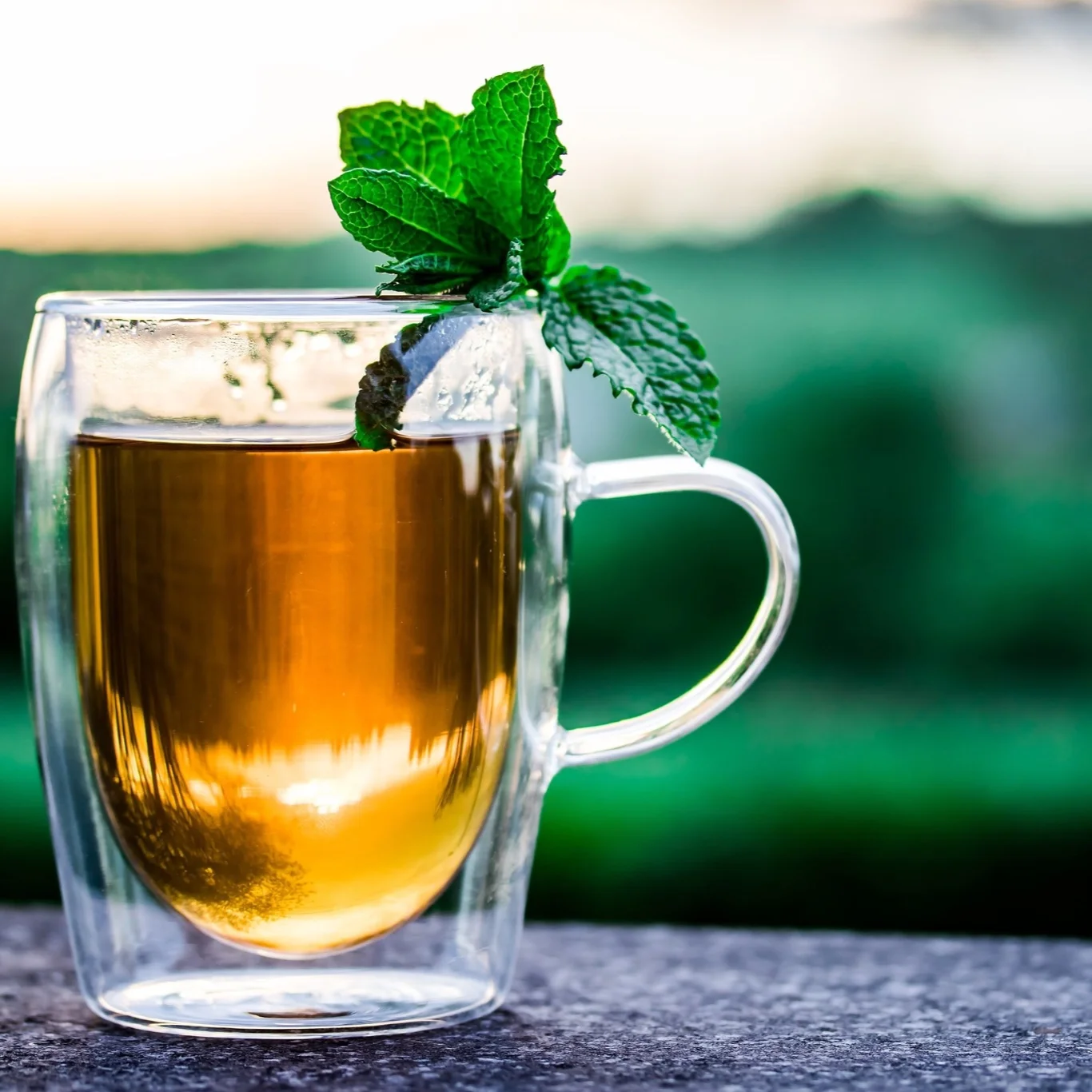Going Nuts
by SABRIN SIDHU
Have you been feeling nutty lately? Maybe you should consider adding nuts to your life! Nuts are becoming a popular health fad, and many people may be wondering whether nuts are actually worth the hype. According to the USDA, nuts are considered an integral part of a diet that’s low in saturated fat and cholesterol. [1] Despite the fact that nuts have the potential to pack a punch in our meals, only 4 in 10 Americans eat nuts on a daily basis. [2] The top three nuts of choice in America are almonds, walnuts, and pecans, but with so many options out there, why not see what other nuts have to offer [1]? Read on to see what different nuts can do for you!
general benefits of consuming nuts
nutrients
Nuts are a rich source of protein and can be beneficial for vegetarians or other people with dietary limitations. They also provide your body with monounsaturated and polyunsaturated fats (the kinds of fat you want in your body) and fiber. As an added bonus, nuts are rich in nutrients like magnesium, folate, and vitamin B6. [3]
heart health
Nuts are about 80% fat but most of the fat is unsaturated fat. [4] Unsaturated fat is beneficial for your body because it lowers cholesterol levels and reduces the risk of developing heart disease and type II diabetes. [5]
body weight
According to a 2009 study published in the American Journal of Clinical Nutrition, daily consumption of nuts is associated with lower body weight and lower risk of developing obesity. [6] Because of the high fiber content of nuts, people who frequently eat nuts do not feel as hungry and usually feel more full, suggesting that controlled consumption of nuts can actually lead to weight loss. Nuts are a great choice for people who need energy like students or those who work long hours. [3,7]
general risks of consuming nuts
calories
Because nuts are mostly fat, they have a lot of calories. That’s why, like other foods, nuts should be eaten in moderation. A good rule of thumb is that one ounce, which is a good portion size, is typically equal to a small palm-full of nuts. [8]
additives
Be careful when choosing what nuts to eat. While most nuts are good for you, salted nuts or chocolate covered nuts can have risks that outweigh the benefits! [8]
oils
Nut oils can be a good option for cooking because they add unique flavors to dishes like salads or sautés. Remember, though, that such oils don’t have the same fiber content that whole, raw nuts do. [8]
allergies
Remember to always be careful when consuming nuts. Contact a doctor first if you think you may be allergic.
different types of nuts and their health benefits
Almonds
A 2012 study published in the Journal of Agriculture and Food Chemistry found that almonds not only reduce cholesterol but also help prevent oxidative stress and inflammation from developing. [9] .
In terms of nutrients, almonds are rich in magnesium and vitamin E.
Walnuts
According to the American Institute for Cancer Research, walnuts are one of the best foods you can eat to prevent cancer. This is because they are high in polyphenols, which are phytochemicals (phyto = plant) that have numerous antioxidant benefits that have been linked to reduced risk of cancer. [10]
Walnuts are considered the best nut for brain health. According to a 2011 study published in the Journal of Plant Foods for Human Nutrition, walnuts may have beneficial effects on memory and learning because they contain omega-3 fatty acids, which possibly improve memory . [11]
Multiple studies suggest that walnuts are one of the best nuts to consume to lower your risk of developing heart disease. Walnuts can potentially lower heart disease risk in two major ways:
Walnuts can reduce low-density lipoprotein cholesterol (aka bad cholesterol) by 9 to 16%.
Walnuts can lower blood pressure. [12,13]
Peanuts
A 2008 study published in the Journal of Nutrition found that peanuts, when combined with other dietary measures, may help individuals lose weight. Among popular nuts, they are the lowest in calories and one of the lowest in fat. [3,14]
Peanuts are also considered a very powerful food because they are rich in folate, which is a type of B-vitamin important for cellular function, particularly for the production of DNA. Peanuts also have the highest source of protein among nuts—100 grams of peanuts offer 25.8 grams of protein. Peanut butter is also considered a valid substitute for peanuts and has many of the same health benefits, but beware of any added sugar. [3,15]
Brazil Nuts
Brazil nuts may be one of the best choices for men. Of all foods, they are one of the richest in selenium. A 2013 study in Nutrients suggested that while a correlation between selenium intake and reduced risk of prostate cancer in men wasn’t directly visible, selenium could still be of value to certain subpopulations. [16,17]
Pistachios
Pistachios are rich in protein, dietary fiber, potassium, magnesium, and vitamin K. They help individuals control and lose weight and also reduce the risk of developing heart disease. [18]
Cashews
Cashews are commonly used to treat stomach and intestinal problems. Additionally, a paste can be made from cashews to treat warts or corns, which are hardened areas of skin. [19]
Cashews are also low in fat compared to other nuts. [3]
Macadamia Nuts
A 2007 study published in the Journal of Lipids found that daily consumption of macadamia nuts may lower the risk of developing coronary heart disease. [20]
Another 2008 study published in the Journal of Nutrition found that macadamia nuts lower cholesterol and cardiovascular disease risk factors. [21]
However, be cautious when you munch on macadamias because, among all nuts, they are the highest in calories and fat. [3]
in a nutshell
If eaten in correct proportions, nuts can form an important part of a healthy diet. Because of the many ways nuts can be used, it’s easy to incorporate your favorite nut into your meals and snacks in a unique way. Try adding nuts or nut oils to your salads, having nut butter with a piece of fruit, or replacing chips with your favorite nuts to increase your intake of nutrients. There are lots of nuts to choose from and each type of nut has varied health benefits. It’s best to weigh the pros and cons of different kinds of nuts and eat those that suit your health needs best!
References ▾
- “Fruit and Tree Nuts.” usda.gov. (2012).
- “Nut Consumption Among U.S. Adults, 2009-2010.” cdc.gov. (2014).
- “Health Benefits of Nut Consumption.” Nutrients. (2010).
- “Nuts and Your Health: What to Know.” webmd.com. (2014).
- “Dietary Fats: Know Which Types to Choose.” mayoclinic.org. (2016).
- “Nuts and health outcomes: new epidemiologic evidence.” Am J Clin Nutr. (2009).
- “Nuts: source of energy and macronutrients.” Br J Nutr. (2006).
- “Nuts and your heart: Eating nuts for heart health.” mayoclinic.org. (2014).
- “Health benefits of almonds beyond cholesterol reduction.” J Agric Food Chem. (2012).
- “Walnuts.” American Cancer Association. (2013).
- “Effects of Walnuts on Learning and Memory Functions.” Plant Foods Hum Nutr. (2011).
- “Walnuts Decrease Risk of Cardiovascular Disease: A Summary of Efficacy and Biological Mechanisms.” J Nutr. (2014).
- “The Scientific Evidence for a Beneficial Health Relationship Between Walnuts and Coronary Heart Disease.” J Nutr. (2002).
- “Impact of peanuts and tree nuts on body weight and healthy weight loss in adults.” J Nutr. (2008).
- “Folic Acid.” webmd.com. (2016).
- “Selenium and Prostate Cancer Prevention: Insights from the Selenium and Vitamin E Cancer Prevention Trial.” Nutrients. (2013).
- “Bioactivity of selenium from Brazil nut for cancer prevention and selenoenzyme maintenance.” Nutr Cancer. (1994).
- “Pistachio nuts: composition and potential health benefits.” Nutr Rev. (2012).
- “Cashew.” webmd.com. (2016).
- “Macadamia Nut Consumption Modulates Favourably Risk Factors for Coronary Artery Disease in Hypercholesterolemic Subjects.” Lipids. (2007).
- “A macadamia nut-rich diet reduces total and LDL-cholesterol in mildly hypercholesterolemic men and women.” J Nutr. (2008).
- “Chocolate Nut Bark.” eatingwell.com. (2010).






